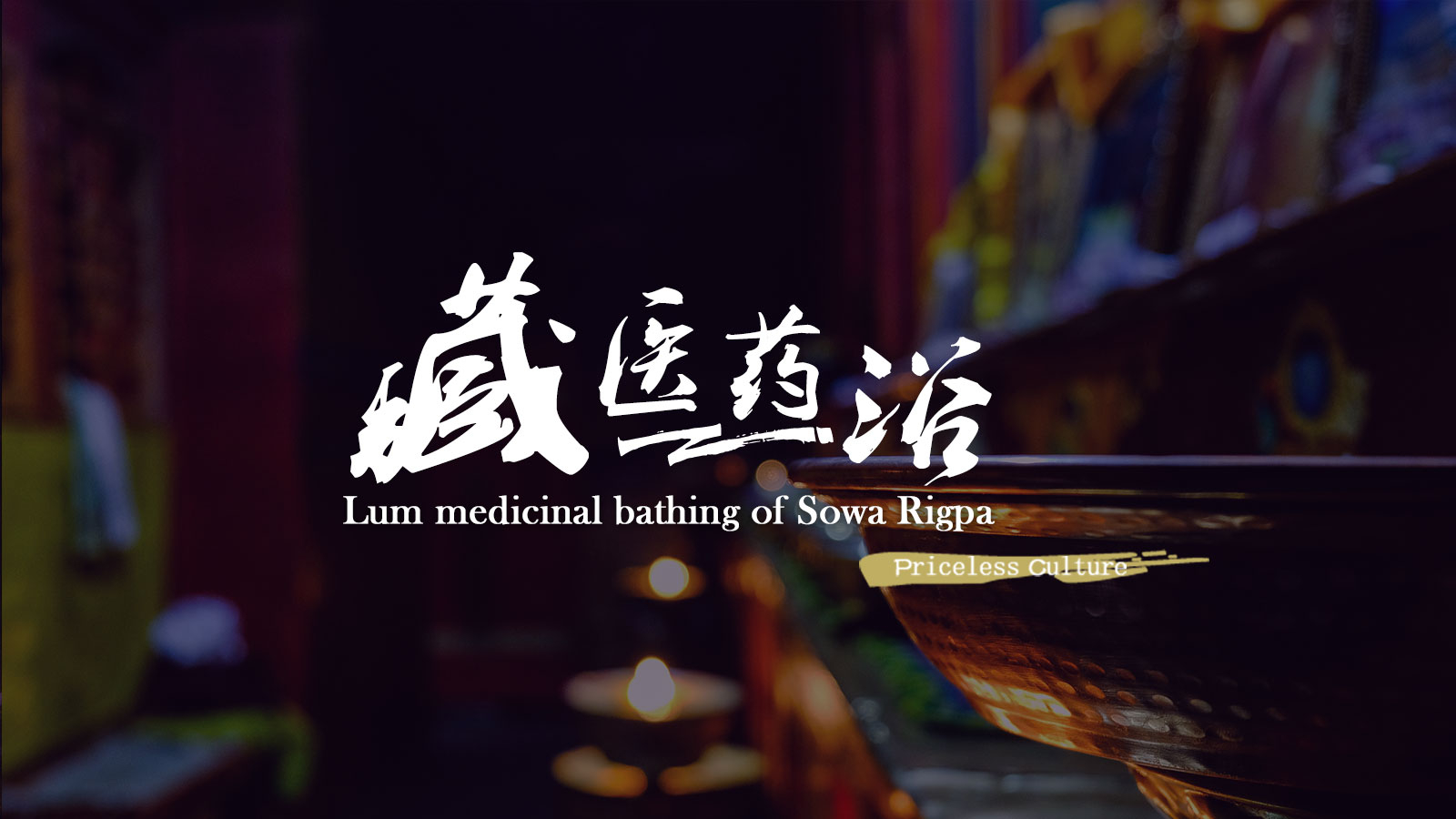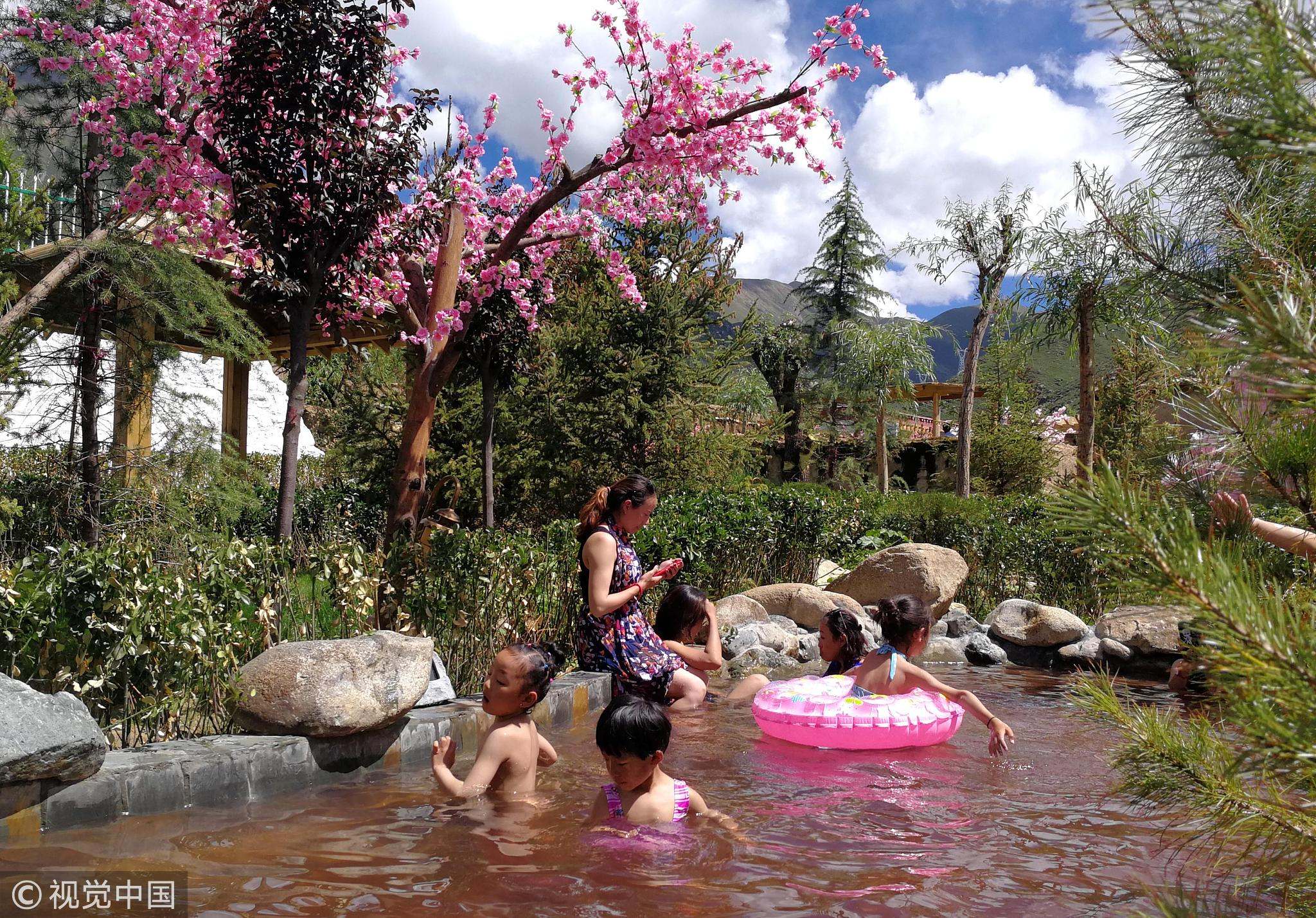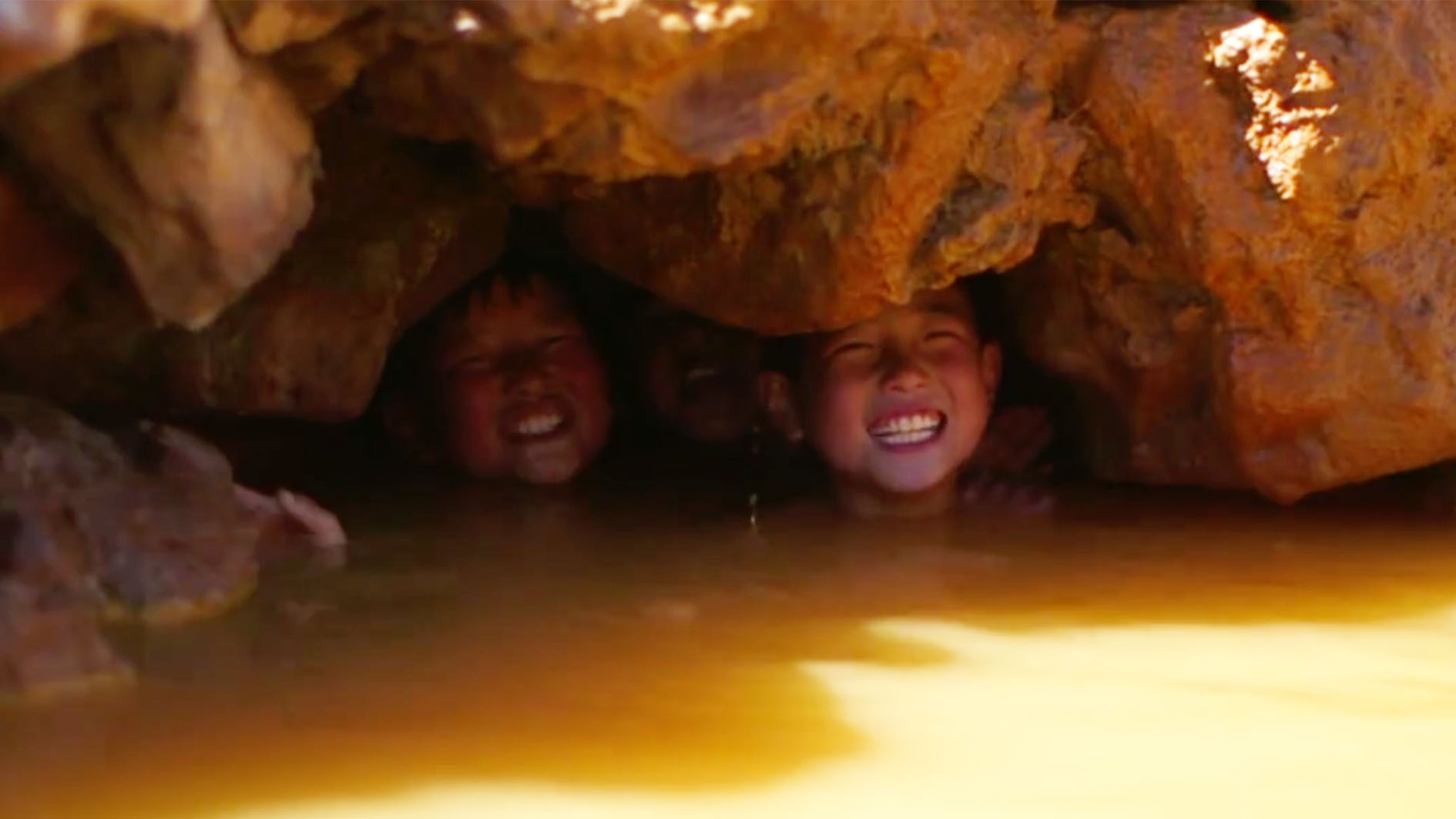
Tradition
21:14, 28-Nov-2018
Tibetan medicinal bathing: Natural treatment
Updated
14:47, 09-Jan-2019
CGTN
01:03

United Nations Educational, Scientific and Cultural Organization (UNESCO) has added Tibetan medicinal bathing to its world intangible cultural heritage list.
The decision was taken during the 13th session of the UNESCO Intergovernmental Committee for the Safeguarding of Intangible Cultural Heritage in Port Louis, Mauritius.
With the addition of Tibetan medicinal bathing, China now has a total of 40 projects on the UNESCO Lists of Intangible Cultural Heritage. Thirty-two are on the Representative List of the Intangible Cultural Heritage of Humanity, seven on the List of Intangible Cultural Heritage in Need of Urgent Safeguarding, and one on the Register of Good Safeguarding Practices.
What is Tibetan medicinal bathing?
Tibetan medicinal bathing is a traditional practice of by ethnic Tibetans, who know well the importance of disease prevention and treatment for a healthy life, in an environment featuring an extreme cold and hypoxia.

Residents of Lhasa City enjoy Tibetan medicinal bathing at the city's outskirts, summer 2018. /VCG Photo
Residents of Lhasa City enjoy Tibetan medicinal bathing at the city's outskirts, summer 2018. /VCG Photo
Known as "Long Mu" in Tibetan, Tibetan medicinal bathing is guided by the value of "five origins of life," which refers to the earth, water, fire, wind, and space. The five elements are considered the five origins of life by Tibetan people. Bathing is also influenced by Tibetan's view of "three causes of health and disease," which attribute Long (a kind of energy flow in your body), Chiba (a fire-like energy to operate the organs), and Peigen (generally refers to all mucus in body) to the three main elements influencing people's health conditions. By bathing in natural spring water or steam boiled with traditional medicine, the method can adjust the balance between your body and spirit, thus preventing and curing diseases.
The heritage project focuses on the Tibetan agricultural and pastoral areas on the Qinghai-Tibet Plateau in China, and is widely distributed in Tibet Autonomous Region, Qinghai, Sichuan, Gansu, Yunnan and gradually expanded to Inner Mongolia and Xinjiang Uygur Autonomous Region and other places in China.
01:10

Types of Tibetan medicinal bathing
Tibetan medicinal bathing is divided into two categories, one type of bath is based on mineral-based materials, and people can have daily health care under the guidance of therapists.
Another method is based on plant medicinal materials, under the mutual operation and bits of advice of the therapist and pharmacist, with three kinds of treatment including soaking and fumigation.
The heritage project is relevant to the knowledge of Tibetan astronomy, museum science, religions, social norms, lifestyles, and habits. It was also universally communicated and promoted in various cultural forms, including Tibetan myths, legends, epics, paintings and sculptures.
As an important part of Tibetan medicine, this heritage project has been passed down from generation to generation in Shannan of Tibet Autonomous Region, Lhasa, Rikaze and other relevant communities. Also, it is widely used in people's daily life, religious ceremony, folk custom activities and medical practice because of its local materials, safety and simplicity.
It has played an important role in safeguarding the life and health of the Tibetans and preventing and curing diseases. It has provided the Tibetans with a continuous sense of identity and witnessed cultural diversity and human creativity.
With the initiative and active participation of relevant communities, groups, and individuals, the heritage project has also been listed on the national intangible cultural heritage list of China.
(Video made by Ge Kai.)

SITEMAP
Copyright © 2018 CGTN. Beijing ICP prepared NO.16065310-3
Copyright © 2018 CGTN. Beijing ICP prepared NO.16065310-3